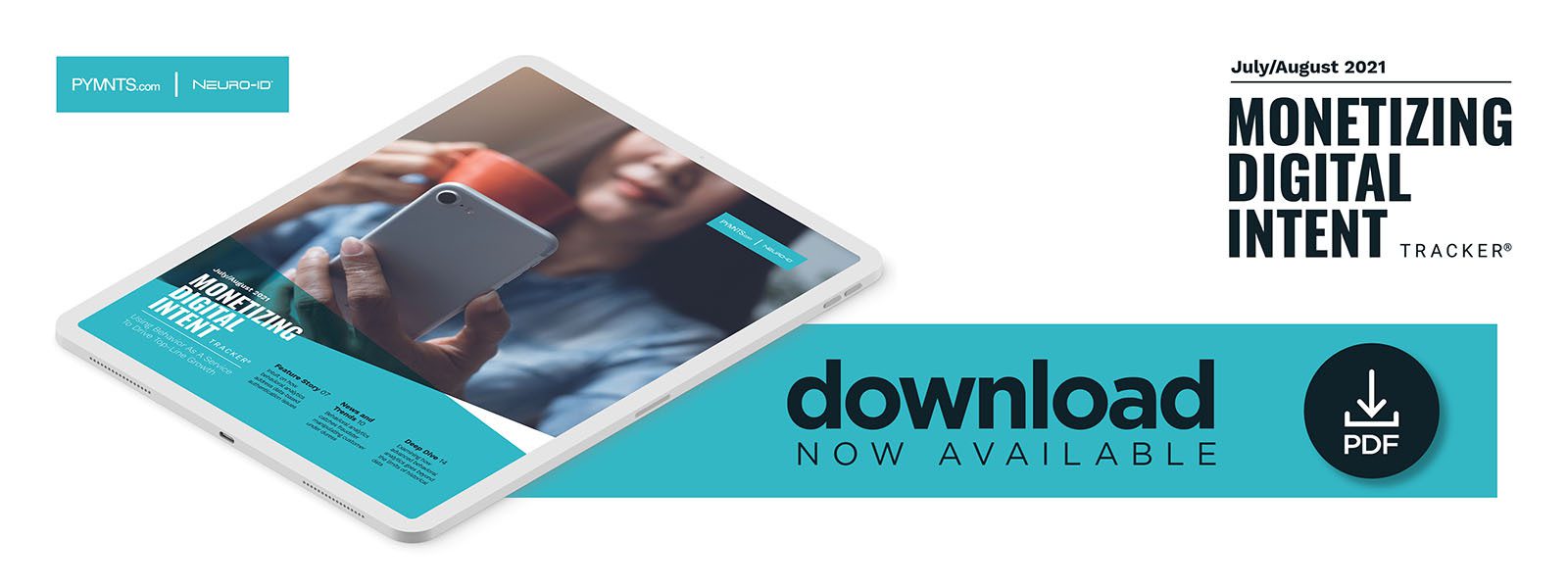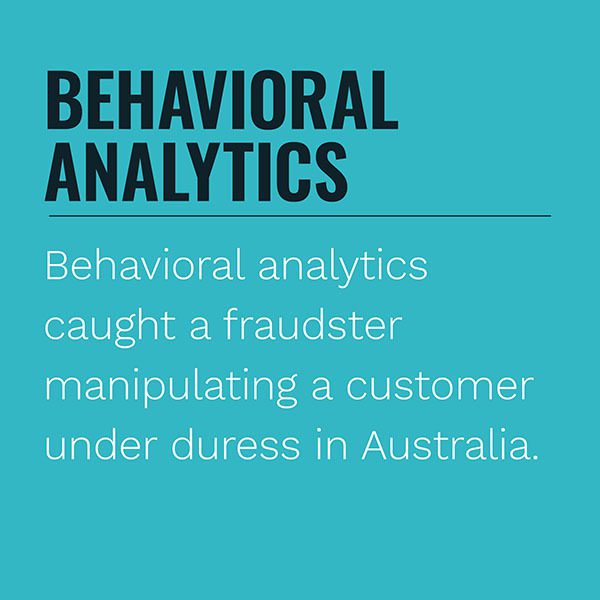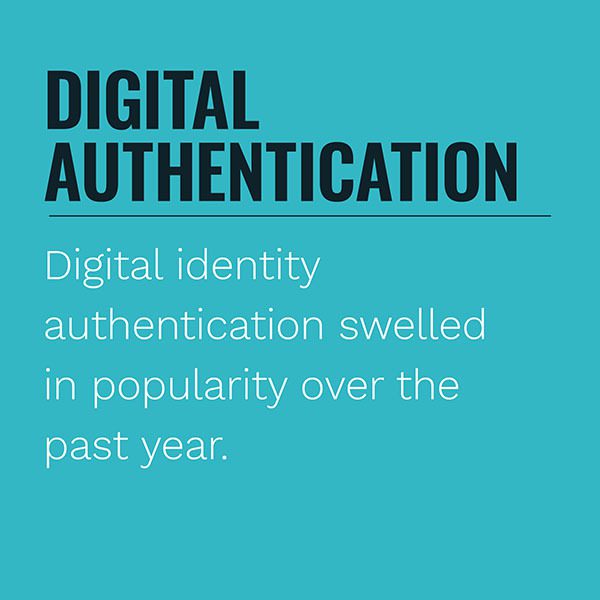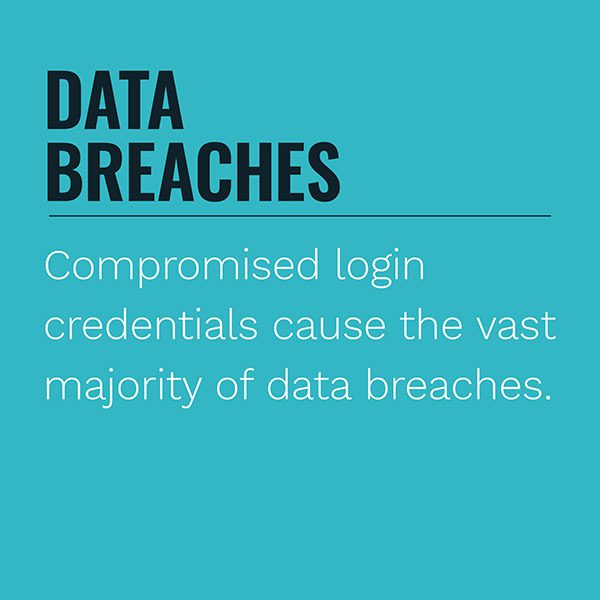Intuit On The Two-Pronged Advantages Of Deploying Behavioral Analytics

 Cybersecurity is a constant concern as digital engagement soars and bad actors have access to an unprecedented amount of entry points to customer accounts.
Cybersecurity is a constant concern as digital engagement soars and bad actors have access to an unprecedented amount of entry points to customer accounts.
Identity fraud alone cost consumers $56 billion in 2020, and companies are turning to a number of different options to replace passwords and improve their security, with biometrics becoming a popular option.
On the surface, these systems look like they offer robust security, but biometric details like voiceprints and facial scan data can certainly still be stolen by fraudsters. Since they are inherent factors, they cannot be changed by legitimate consumers, unlike passwords. Some companies are instead exploring behavioral analytics as alternatives to both passwords and biometrics, however, as these solutions promise secure authentication without requiring the use of customers’ private data.
The July/August edition of the Monetizing Digital Intent Tracker®: Using Behavior As A Service To Drive Top-Line Growth explores the latest in the world of behavioral analytics, including these systems’ growing popularity as an alternative to data-based authentication. It also examines the expanding threat of cybercrime around the world and behavioral analytics’ deployment in use cases like financial software.
 Developments From The Behavioral Analytics World
Developments From The Behavioral Analytics World
Privacy concerns surrounding biometrics have grown so acute that some governments are stepping in to protect their citizens. The South Carolina Legislature recently introduced the Biometric Data Privacy Act (BDPA), for example, which would require companies to notify their customers when biometric data is being collected and obtain written consent beforehand. Many consumers are worried that their biometric data can be stolen, although such concerns are moot when it comes to behavioral analytics systems because they do not collect personal data.
Passwords are also prone to security weaknesses, despite their near-ubiquitous use for customer authentication. Studies have found that compromised credentials are at the heart of more than 80 percent of corporate data breaches, with hackers either stealing or guessing staff passwords and using them to infiltrate systems. Their convenience benefits are also often called into question, as 40 percent to 60 percent of all help desk calls are related to user password concerns. Many companies are exploring behavioral analytics as a more secure and seamless option instead.
Even multifactor authentication can be spoofed by bad actors. One method bad actors can use is called a “man-in-the-middle” attack, which consists of setting up a fraudulent website, redirecting SMS text codes, and then entering them in bank websites while impersonating customers. Other hackers deploy browser hijacking, which entails installing malicious extensions on victims’ web browsers to scrape authentication codes.
For more on these and other behavioral analytics news items, download this month’s Tracker.
How Behavioral Analytics Can Augment Data-Based Authentication Systems
Biometrics are a hot trend in customer authentication, but they have a number of shortcomings. Data theft is a frequent issue, for example, and they typically require active input on the part of customers, leading many companies to seek alternatives.
In this month’s Feature Story, PYMNTS talks with Matthew Allan, chief risk officer at financial software giant Intuit, about how the company deployed behavioral analytics for a smoother, safer customer authentication experience.
 Deep Dive: How Behavioral Analytics Compares To Biometrics For Identity Verification
Deep Dive: How Behavioral Analytics Compares To Biometrics For Identity Verification
Passwords are a constant security threat for businesses due to their propensity to be targeted in data breaches. Many companies are turning to behavioral analytics and biometrics for passwordless authentication, but the latter brings with it potential spoofing concerns.
In this month’s Deep Dive, PYMNTS examines how fraudsters circumvent biometric security systems, and why behavioral analytics can serve as a more secure alternative.
About The Tracker
The Monetizing Digital Intent Tracker®: Using Behavior As A Service To Drive Top-Line Growth, a PYMNTS and Neuro-ID collaboration, is the go-to monthly resource for updates on trends and changes in behavioral analytics.